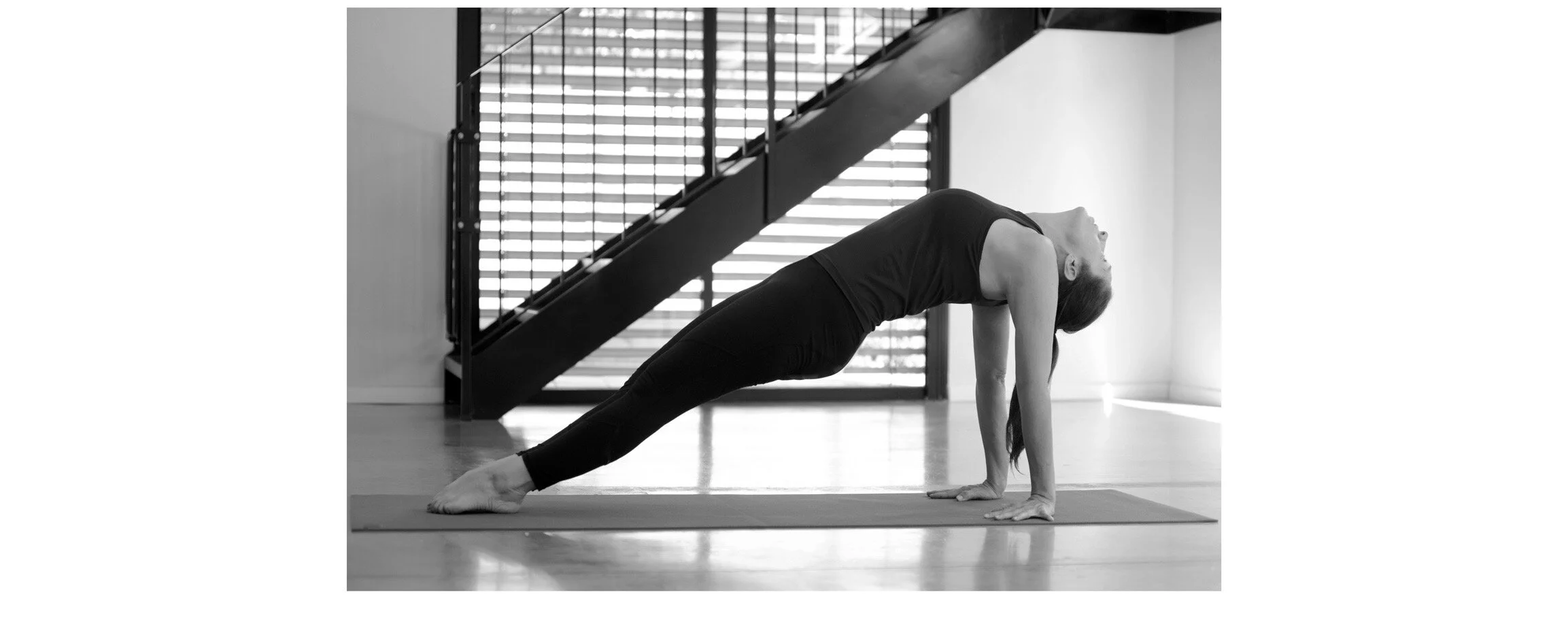Ashtanga Yoga Chants
Chanting a mantra focuses the mind and sets the intention (sankalpa) to what we’re about to do. It helps to remove obstacles to the practice we’re about to do. Traditionally we chant at the beginning and end of any ritualistic practice such as asana, pranayama (breathing practice), meditation or studying yoga philosophy.
The Sanskrit word mantra comes from the root “manas” (the linear thinking mind) and “tra” (to cross over), therefore it can be described as gathering the mind and bringing it closer to the immediate experience.
The sound and vibrations that are created within the body when chanting has a calming and peaceful effect, which remains in the body when the sound stops.
Studies show that chanting OM mantra activates the parasympathetic nervous system (‘relaxation mode’) which results in stabilisation of brain, reduced floods of negative thoughts and increased energy and focus. As we chant the mind becomes calm, the body relaxes and the breath becomes soother and slower.
The Ashtanga OPENING CHANT is chanted before the asana practice. The first half of the chant states our intention to bow or surrender to the feet of the guru, the teaching and to state that with humility and gratitude we are acknowledging the lineage of teachers who passed down the gift of yoga. It expresses the wish that the practice will ease our suffering (samsara) and ignorance.
The second half is a description of Patanjali, the ascribed author of the Yoga Sutras.
I bow to the lotus feet of the gurus/teachers
who reveals the happiness of self realisation
that awakens us to great happiness
who like the jungle physician removes the delusion caused by the poison of conditioned existence.
Taking the form of a man up to the shoulders
Holding a conch, a discus and a sword
Having one thousand heads of white light
Patanjali, I bow to you
The CLOSING CHANT
May all be well with mankind
May the leaders of the earth protect in every way by keeping to the right path
May there be goodness for those who know the earth to be sacred
May all the worlds be happy
Om Peace, Peace, Perfect Peace







